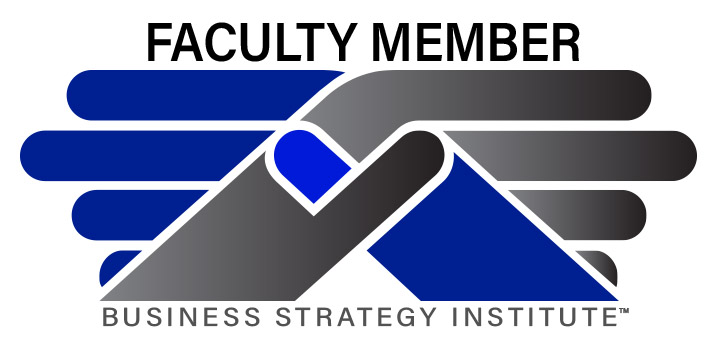
Family Transfers are a Multi-Step Process
Is it possible to create a Component-based Exit Plan for a business owner who has one or more children working in the business and one or more children who are not involved in the business? Maybe not. The range of issues to consider is quite broad.
If your business owner client intends to transfer his or her business to one or more business-active children, he or she will likely require planning in most of the EPIC™ Components in order to create a comprehensive plan that achieves all of his or her goals.
Step One and Step Two – As with all Exit Planning engagements, whether a component or comprehensive, you must first identify what your client wants (Step One-Owner Objectives) and what he or she has (Step Two – Business and Personal Financial Resources).
Step Three – When the successor owner is a business-active child, it is often still important to ensure that the management team surrounding the child who will own the business is of the best quality and is motivated to work for the success of the company. Use Step Three (Maximizing and Protecting Business Value) to help your business owner client leave the strongest and most successful business possible for the successor child to take over.
Step Four – Step Four, transferring business to a third party, does not apply.
Step Five – To transfer ownership during your client’s lifetime, use Step Five (Ownership Transfers to Insiders) to shift ownership with the lowest possible tax consequences.
Step Six – As with all lifetime transfer initiatives, a corresponding and consistent plan for the event of death or disability of the business owner is critical. The planning that you implement in Step Six (Business Continuity) must support the strategies selected in Step Five and Step Seven (see below). Any inconsistency can cause confusion, disagreements, conflict or even lawsuits, none of which are good for the business.
Step Seven – Finally, use Step Seven (Personal Wealth and Estate Planning) to complete the circle by selecting strategies that facilitate the satisfaction of the business owner’s personal financial requirements, completing any transfers to the business-active child and conveying wealth and opportunity to the child or children who are not active in the business.
As you can see, the orchestration of transfers of wealth and business ownership to children who are active in the business, as well as to children who are not, requires a multi-faceted approach. In these situations, use the EPIC™ Fact Finders, the EPIC™ Software and the diverse skills of the members of your client’s Advisor Team to guide your client through the process of achieving his or her objectives for his or her business, employees, children and family.
UncategorizedOct 17th, 20190 comments



